Sanskrit Language Grammar and Meaning
This book aims at presenting in brief some selected studies in Sanskrit language, grammar and meaning as they are envisaged in Indian classical traditions in terms of morphology, syntax and semantics. Evolution of the language and its structural patterns and mechanism of conveying and comprehending the idea(s) underlying there in have obviously come up as areas of unique interest and effective enterprise in this respect.
As we know, Sabda was admitted as a veritable instrument of knowledge representation in Yaska’s Nirukta (700 B.C). Disciplines of knowledge addressed to human existence and the world aroung however have had a very long and cheqered history in India ever since the days of the early Vidic samhitas. The old Indo-Aryan intelligentsia, for obvious reasons. Initially mentioned them more or less in terms of the vedic lore but subsequently classified them as vidyas and vidyasthanas covering diverse areas of human interest. The corpus of knowledge embedded in Sanskrit is amazingly vast. It represents our supra-mundane concern for the ultimate goal of life and yet takes care of all mundane realities including social communications.
The science of language too evolved here as an instrument of realizing the truth of life. It brings out the word-essence permeating all verbal expressions and the corresponding material manifestations constituting this universe. Empirically, however, it leads to attaining perfection in linguistic performance so essential of a meaningful existence here as one prays for golden voice and hopes: bhadram karmebhih srnuyama and yad vadami madhumat tad vadami. A carefully articulation or an improper intonation was, therefore, noted as sinful act. A word comprehended in proper perspective and used accordingly is believed, on the other hand, to lead to joy everywhere. It is no wonder that as many as four Vedangas viz. siksa. Vyakaran, chandas and nirukta addressed themselves to language studies in respect of phonological, morphological-syntactical, metrical and semantic niceties and systems of philosophy and rhetoric’s joined fray by way of unfolding the psychic mechanism of verbal testimony and nuances of figurative speech including stylistic variations and aesthetic significations. A study on any of these branches of speech analysis developed in ancient India is sure to give good dividends for years to come.
Vyakarana proper, for example, in pre-Paninian, Paninian and post –Paninian system is a vast treasure house of linguistic deliberations evolved over hundreds of years. While formulations by Sakatayana, Gargya, Yaska, Apisali and others contributed a lot to the emergence of a fully fledged Vyakarana in Panini ‘s Astadhyayi followed by supplementary rules, the Great commentary. Sub-commentaries, scholia, glossaries, recasts, dissertations viz, the Candra, Kantantra, MUgdhobodha, Samksiptasara , Jainendra, Haima, Sarasvata , Supadma, Harinamamrta, Prayogaratnamala, etc. did not lag behind in linguistic interpretation of the Sanskrit language prevalent in literary works and popular usages. To treat them as mere compilations, emendations, digests or so of the paninian works does not sound judicious at all even if it is certain that they drew much upon Panini and his early followers.
The Paninian school too owes something to posterity. The Candra school of Candragomin, for example, influenced no less a work than the Kasikavrtti on Panini’s Astadhyayi in respect of delimitation and interpretation of rules. And the scheme of topic-wise redistribution of rules adopted in the prakriya work viz. Prakriyakaumudi, Siddhantakaumudi etc. is sure to have derived a lot from the Mugdhabodha arrangement. It is not without reason that some of these post-Paninian school exoerienced a flow of commentary literature and dissertations. The Rasavati Vrtti on Samksiptasara rules as it was revised by Jumaranandin has got the commentary viz. vivarani by Goyicandra whereupon tippanis were written by Nyayapancanana. Vamsivadana and Abhirama Vidyalamkara. Vopadeva’s Mugdhabodha rules too have commentaries by Rama Tarkavagisa, Durgadasa Vidyavagisa, Gangadhara Kaviraja, Gangadhara Tarkavagisa and so on.
It is not merely by number or works but also in terms of deeply penetrating and comprehensive disquisitions that grammatical circle of the post-Paninian era belonging to both Paninian and non-Paninian systems deserve a pride of place in. world history of linguistic studies. Concepts of kala , kriya, karaka and the like have been thoroughly dealt with there in terms of an action-oriented theory of causation. The ancient ideas of bhava and kriya as we find them in Nirukta, Mahabhasya etc, have been reshaped in Goyicandra’s Vivarani (5.1) according to which a kriya may be characterized as either parispanda-sadhana sadhya or aparispanda-sadhana-sadhya, verbs of motion and those meaning a static position being referred to thereby. And case-relationship in Sanskrit is the principal topic of deliberation in as many as twenty-five dissertations in non-paninian schools which may vie with the Sadhanasamuddesa section of the Vakyapadiya (3.7) and relevant section of Bhusana and Manjusa along with abridgements thereof and commentaries there one. All this and commentaries, sub-commentaries, scholia and supplements attached to very large pool of grammatical literature which one can venture to master with lifelong Endeavour only.
Word –integration by compounding etc. also was elaborately discussed on both morpho-synatactical and semantic considerations.
The Paninian school of philosophy of language propounded sphota theory for ascertaining an image of articulated speech as the bearer of meaning. Non-Paninian ones however were totally opposed thereto.
Paninian theory of ideational world as the meaning of word(s) too did not find favour with the succeeding schools of grammar. This pluralist culture as it is revealed in divergent approaches to language studies is unique indeed and still natural in the multilingual cultural scenario prevalent in India. Sanskrit grammars never insisted on a monolithic and stereotyped structure of language. The process of evolution and assimilation was never lost sight of. Vernacular traits and regional variations, in fact have facilitated multiple varieties of Sankrit all over the sub-continent. Ancient grammars and modern Linguistics taken together may lead us to fascinating results on studies in such areas as dialect study and the like. The present book may be of some use in initiating further studies in the above and similar areas.
Let it be on record that some of the articles collected here were published in journal(s) and some others were read out at academic for a. I am thankful to those who helped me in taking up these issues for academic deliberations. I like to mention the names of Professor P.KMukhopadhyaya , formerly Professor of Philosophy, Jadavpur University, Kolkata. Professor Dr.V.N.Jha formerly Director, CASS university of Pune, Professor Dr Samiran Chandra Chakrabari, formerly Director, school of Vedic Studies Rabindra Bharti University, Kolkata and my teacher professor panchanan Ghatak for their regard. Thanks are due to Sri Debasish Bhattacharya of Sanskrit Pustak Bhandar, Kolkata and his associates including printers who came forward and got the book published within a very short period.
Get it now and save 10%
BECOME A MEMBER

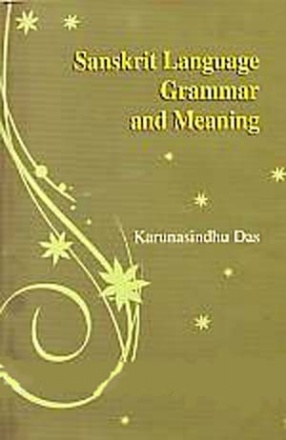
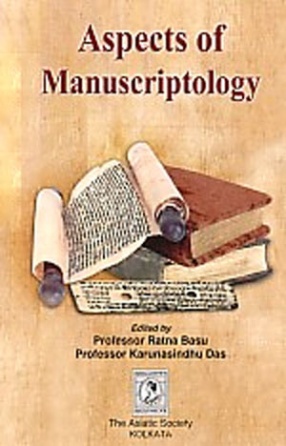
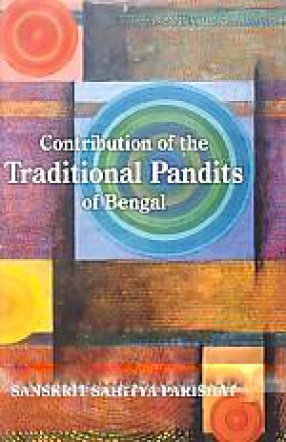
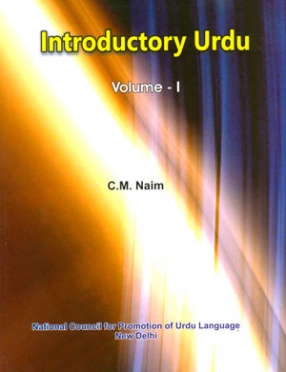
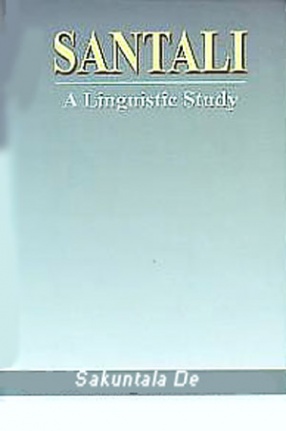
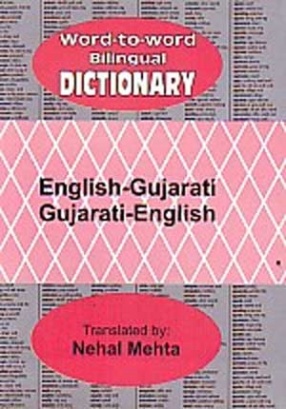
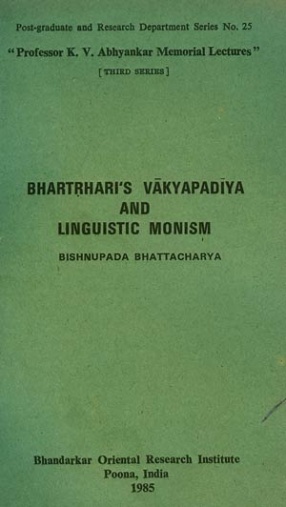

Bibliographic information